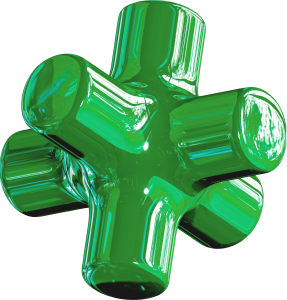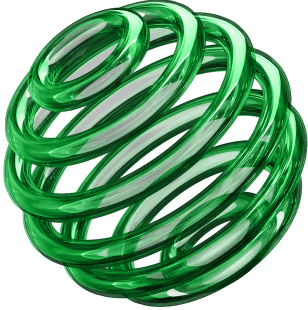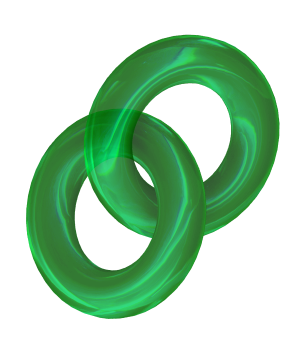Download PDF
Fill in the short form below to receive the material by email.
Language

Iron and iron alloyed powders
Introduction
We produce iron powders developed for multiple application sectors, including mechanical engineering, steelmaking, chemistry, the pharmaceutical industry and agriculture, which can be customised according to specific production requirements.
Types of Iron and iron alloyed powders

Custom metal powder
Pometon manufactures innovative and customised metal powders to meet the challenges of any industry and satisfy the most demanding requirements, guaranteeing high performance, quality and reliability.
Find out more
Download Catalogues
Explore the technical characteristics of Pometon metal powders and their applications. Find out in detail how our solutions can adapt to the specific needs of your industry.





